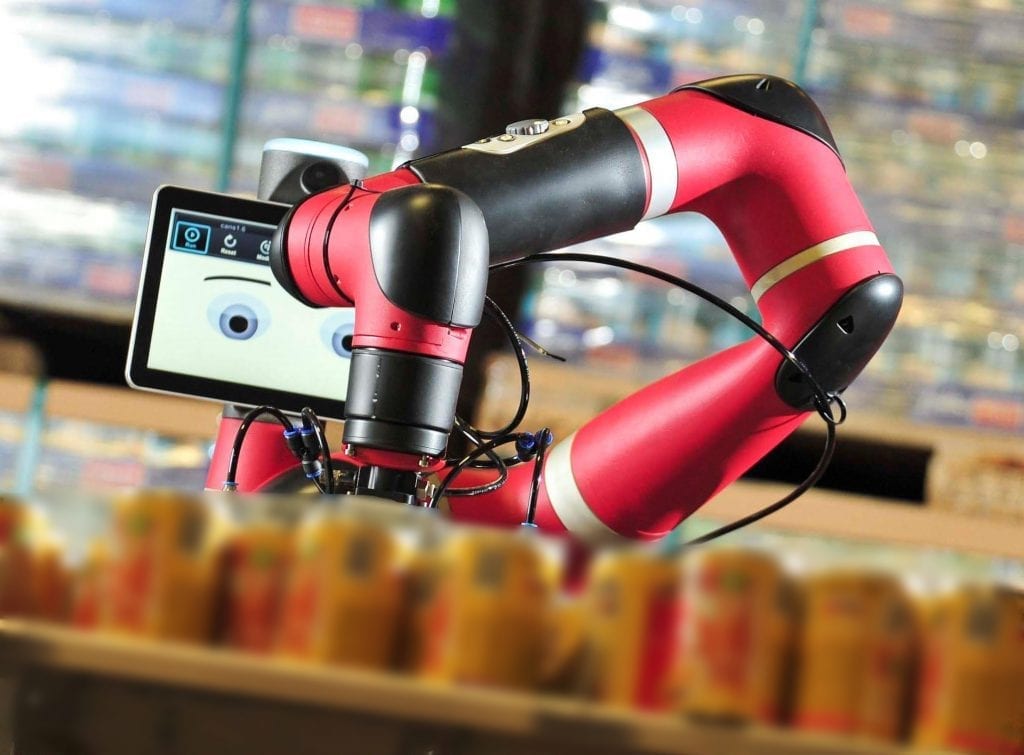
Logistics giant DHL has found substantial safety benefits from its initial trials of internet of things (IoT) technologies, and is planning to extend its use of IoT within its Asia-Pacific operations.
DHL has been testing IoT technologies across its global business – particularly concentrated in Germany, the Netherlands and Poland with the help of Cisco and Conduce – since last year.
The trials have involved sensors being attached to scanners and materials handling equipment and integrated with DHL’s warehouse management system to allow the company to monitor operational activities in real time.
Resulting heat maps give DHL a visualisation of its operations and the ability to identify improvements to operational processes and employee safety.
The company is also working with Huawei in China on an IoT pilot at its Liuzhou automotive plant that makes use of Narrowband IoT low power wide area (LWPA) technology to transmit data to and from detectors on vehicles, DHL’s yard management system, and a truck driver’s mobile app.
The aim is to halve truck waiting times from the current average of 40 minutes by automating the process by which trucks are sent to docks.
Closer to home, DHL’s APAC IoT trials have been more focused on improving worker safety.
DHL supply chain CIO for APAC Steve Walker said the organisation had started with a “straightforward use case” of equipping forklifts and picking staff with sensors to detect when the two came close to each other to avoid collisions.
“As soon as a truck came within two meters of a picker, the driver’s sensor would send an alert by both sounding and vibrating, allowing for an immediate reaction,” Walker wrote.
DHL conducted the trial in its advanced regional centre warehouse in Singapore to ensure a controlled environment without the variables of a road or other outdoor-based test.
Walker said IoT sensors had the ability to “maintain a level of vigilance and consistency that human operators can’t”.
“IoT sensors and alerts can compensate for workers’ inevitable lapses in concentration, directly addressing some of the most common causes of safety incidents in the warehouse or plant floor,” he said.
IoT solutions also don’t require workers to make major changes to their behaviour, Walker said – his Singapore trial only asked workers to pin a tag to their uniform.
Tracking the number and location of alerts generated by the system allowed DHL to create heat maps of where the most forklift-employee collisions occured.
This insight gave DHL the ability to reduce the likelihood of collisions and rework its warehouse layout for “faster and more efficient goods handling”.
The forklift drivers who participated in the trial were also equipped with heart rate monitors so DHL could identify links between the number of close proximity alerts and the driver’s tiredness levels.
The system alerted the driver’s manager when their heart rate fell during periods of fatigue so they could be given a break, Walker said.
His team is now exploring whether this approach could also work with truck drivers.
Walker said he expected the investment into IoT for safety and productivity purposes to pay for itself “sooner rather than later”.
“The more we explore IoT’s practical uses, the more we find safety to be an inextricable part of its implementation,” he said.

